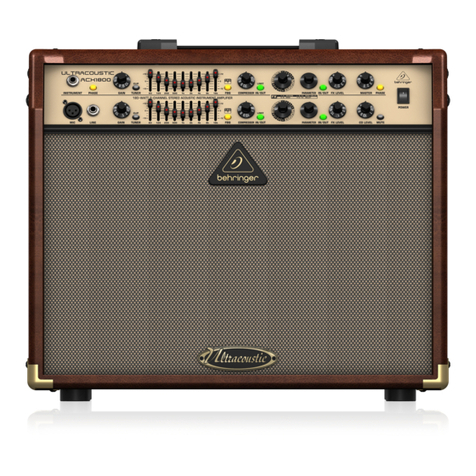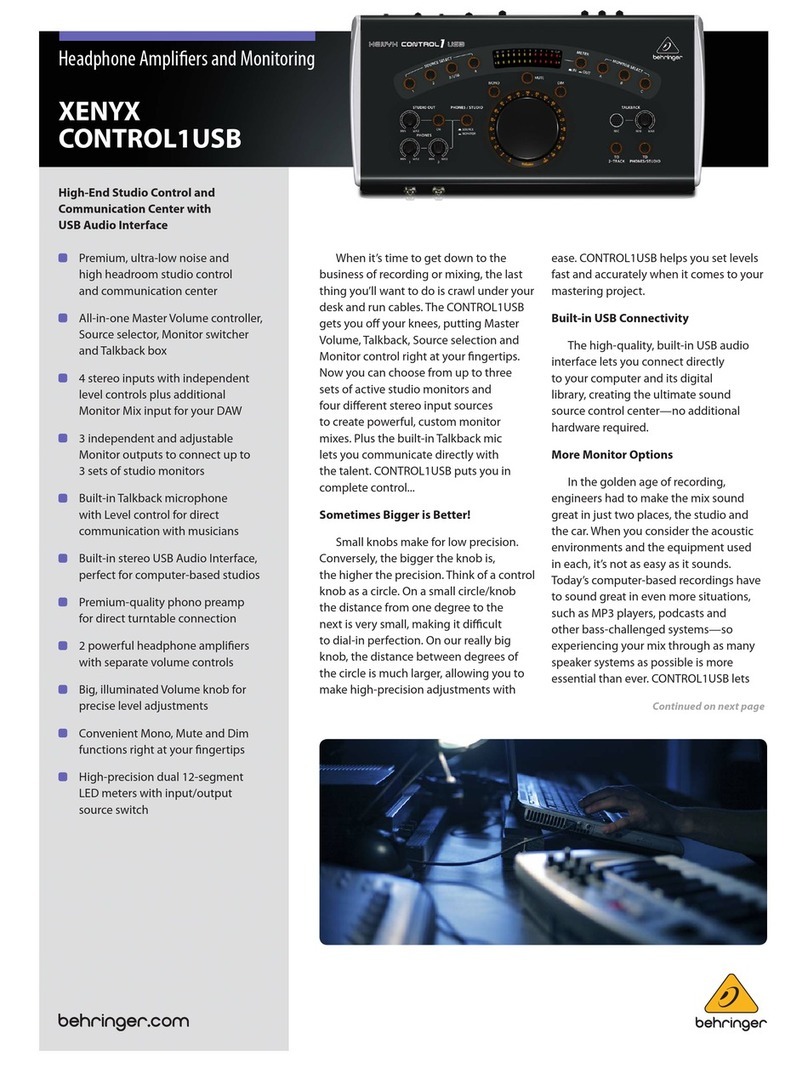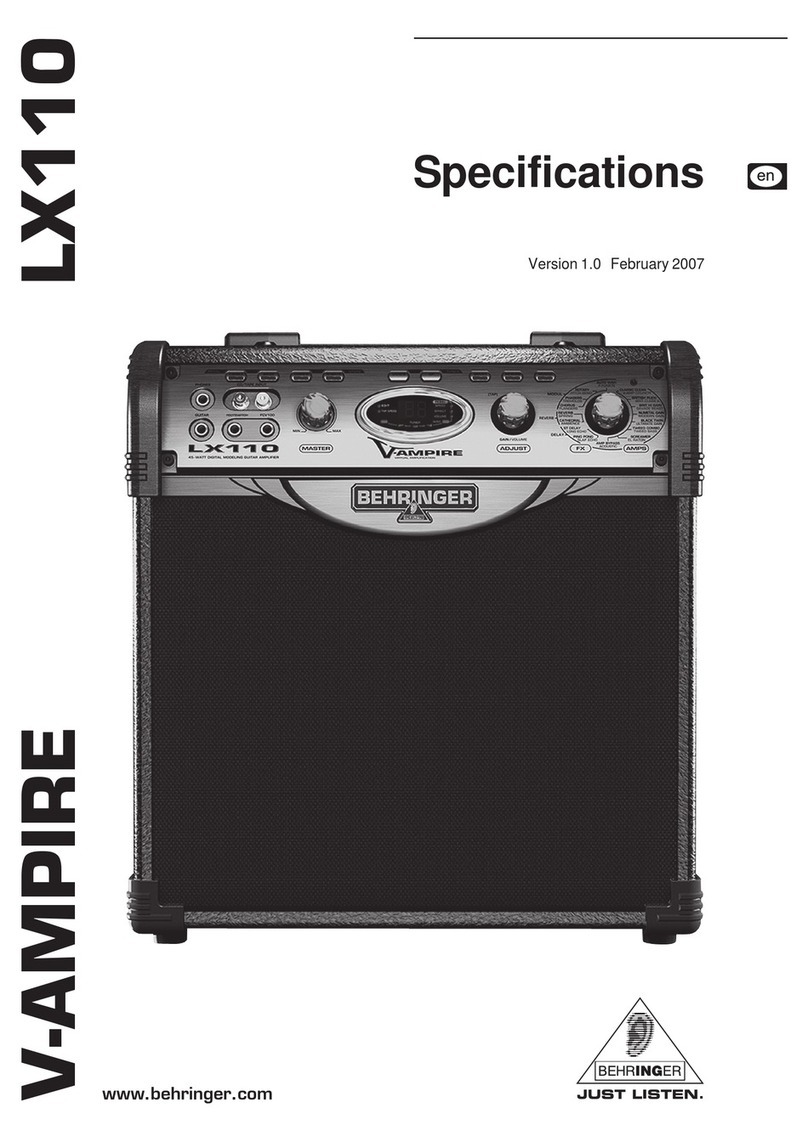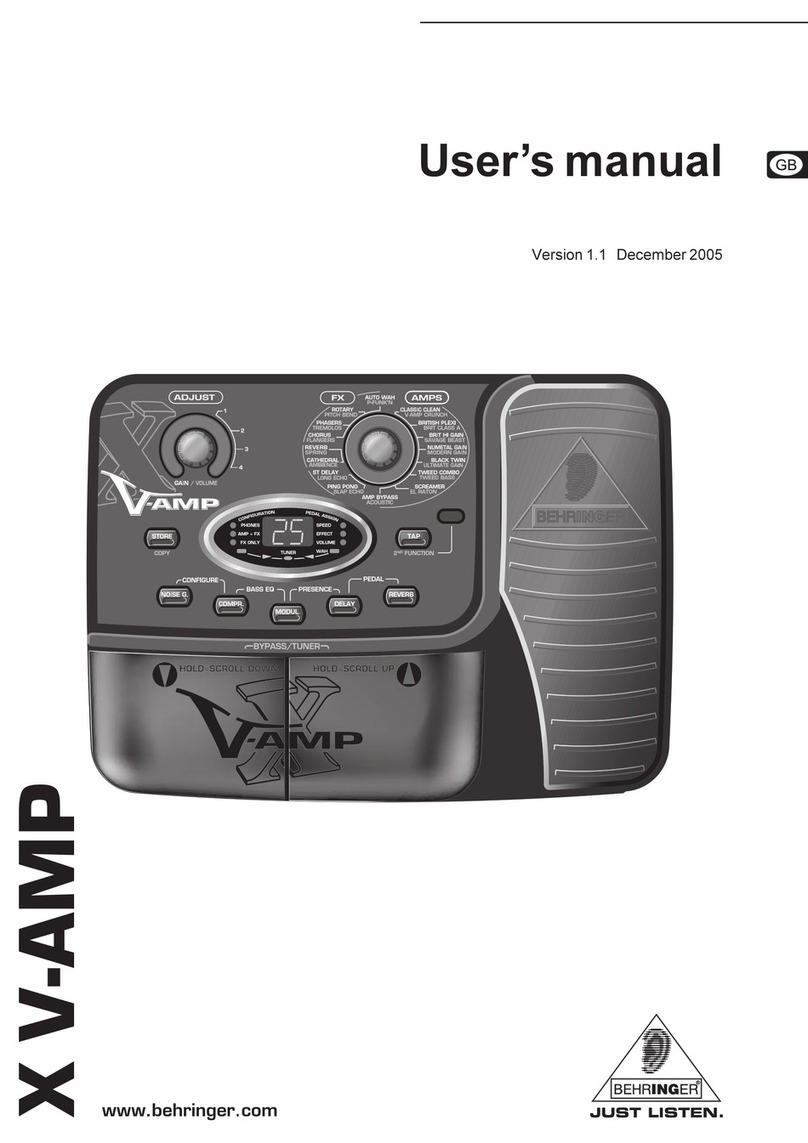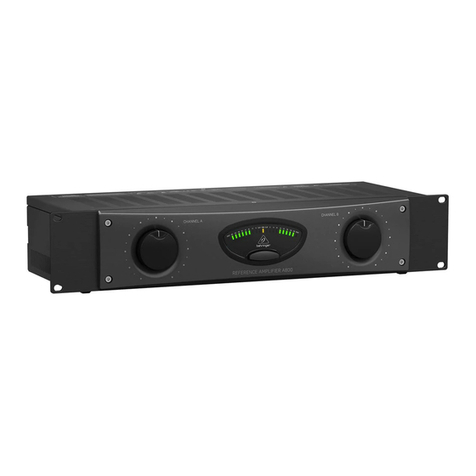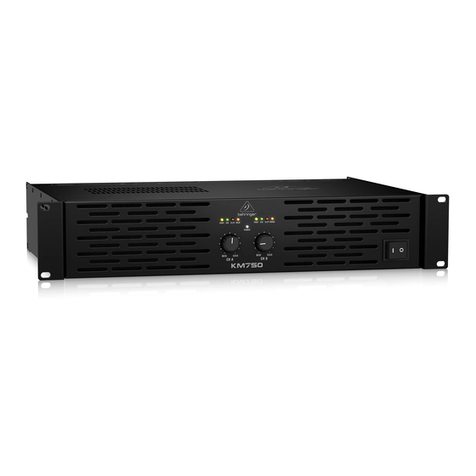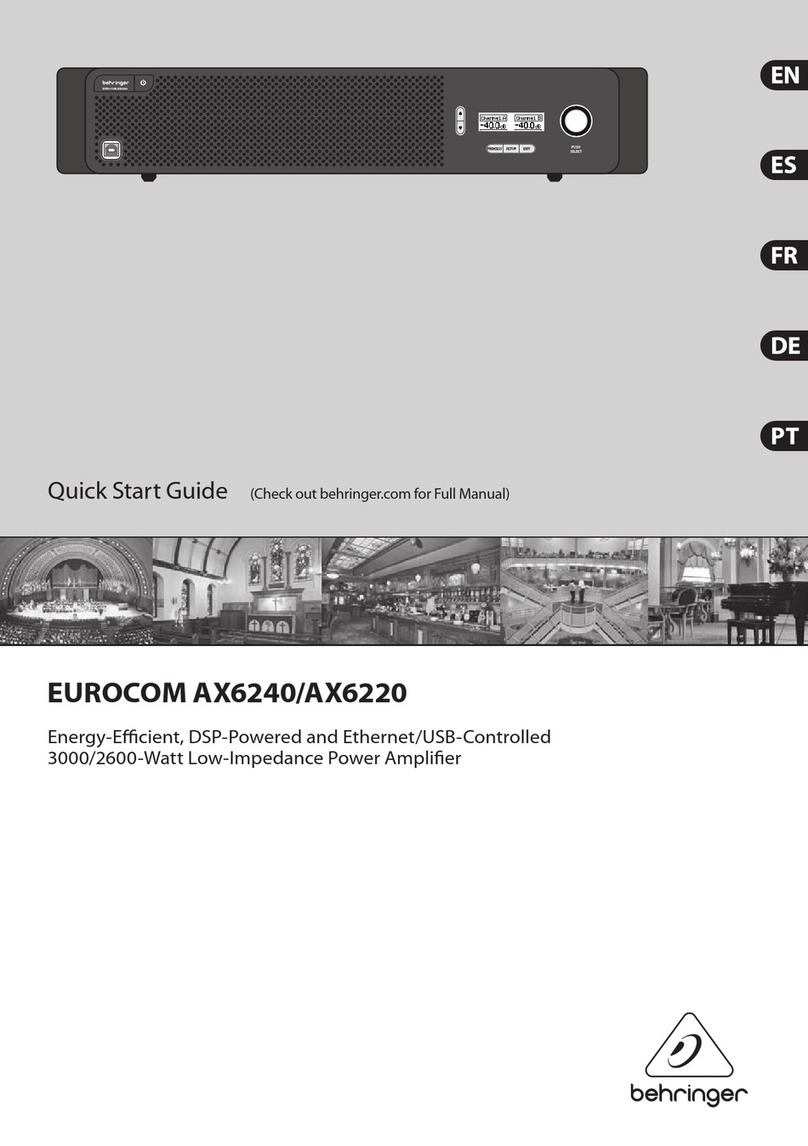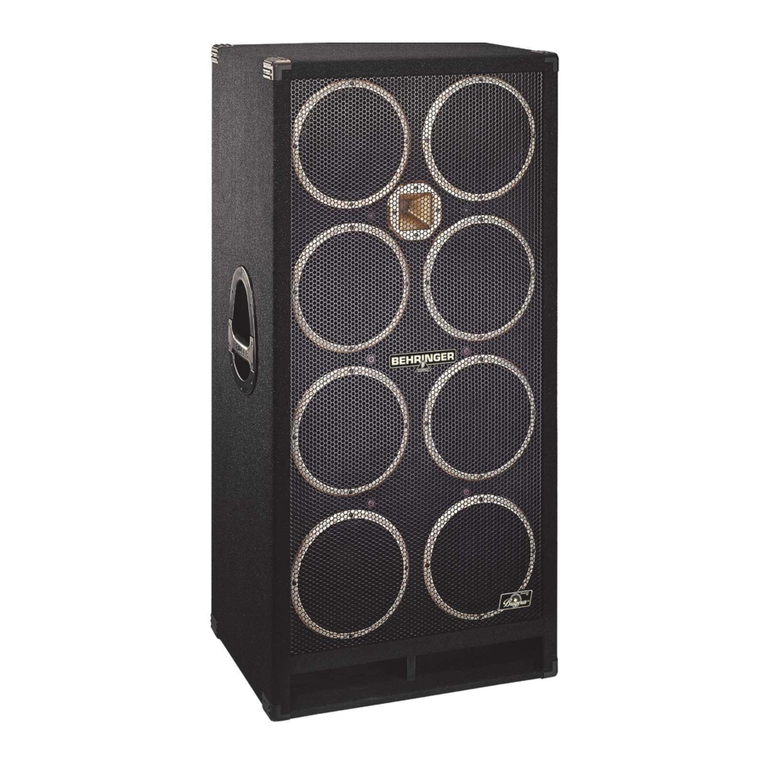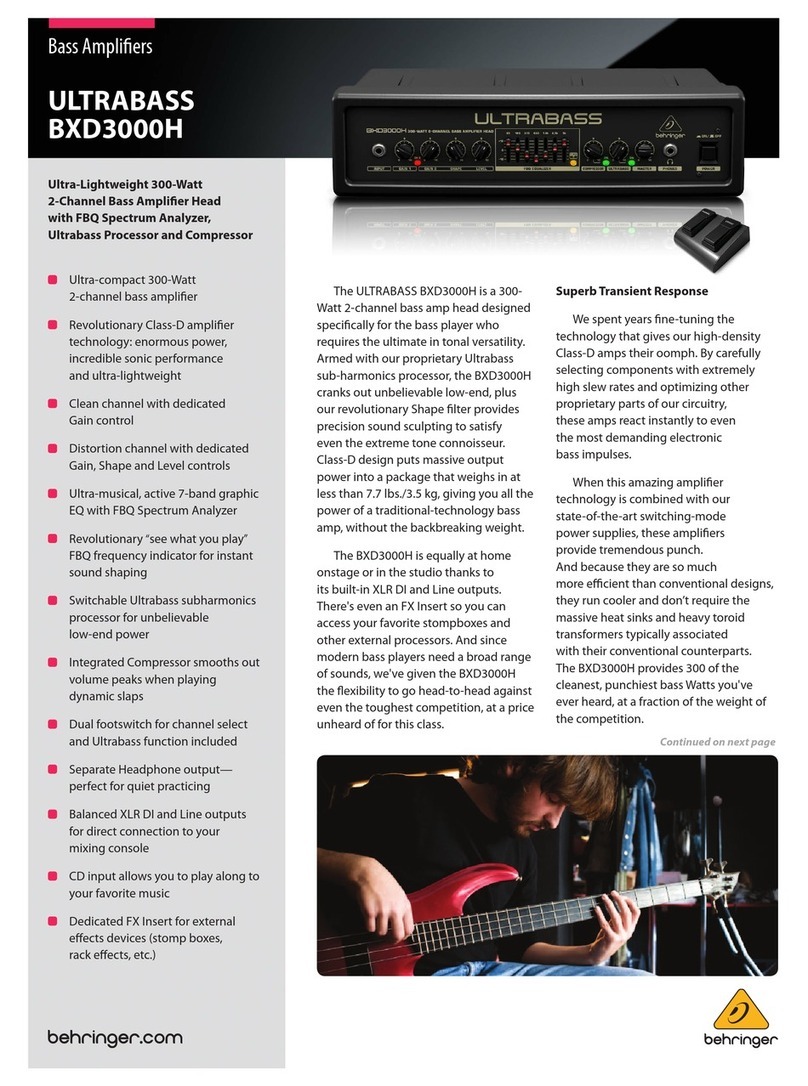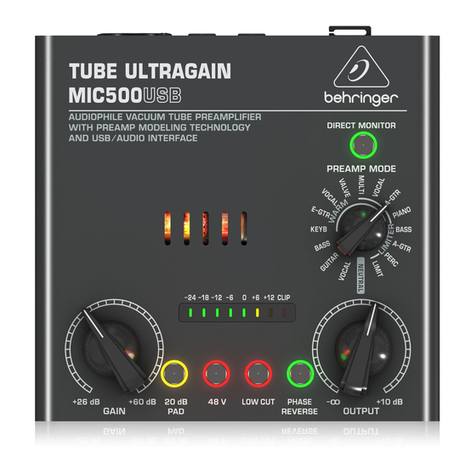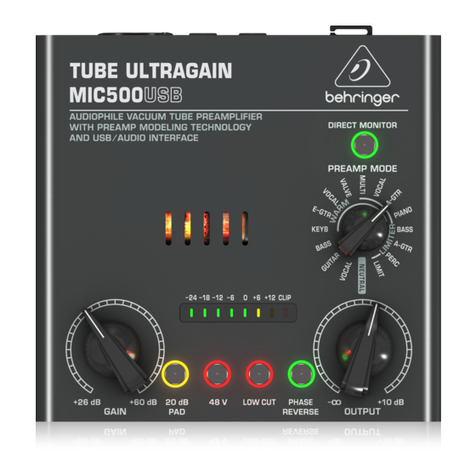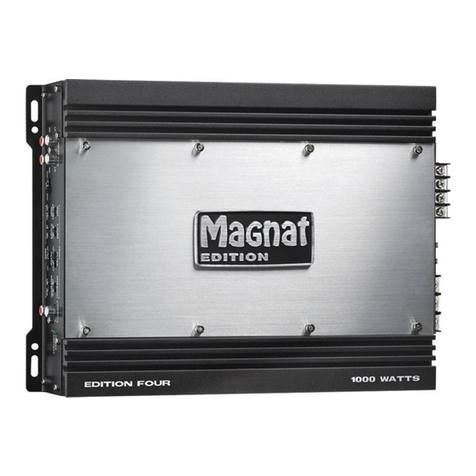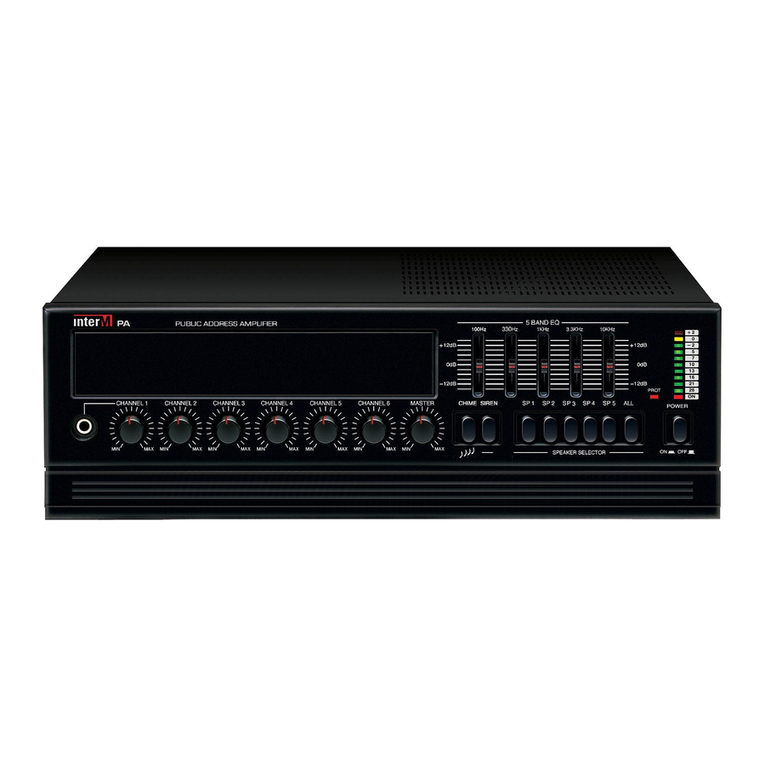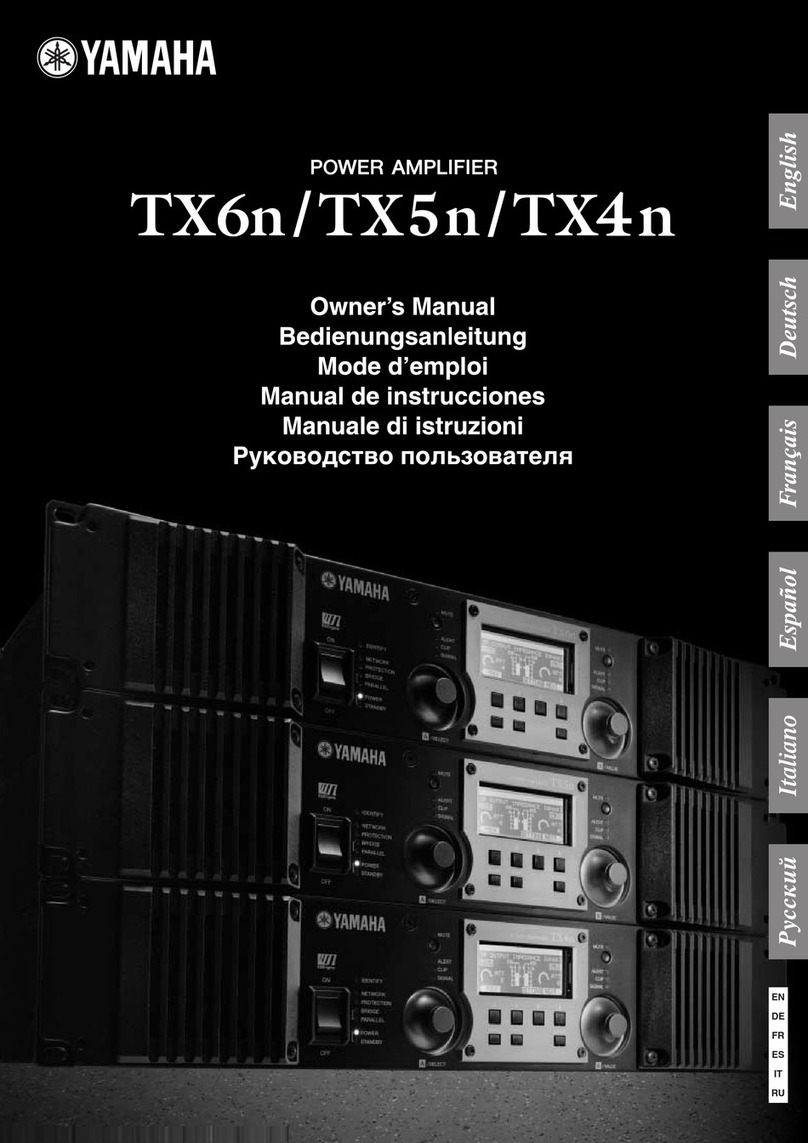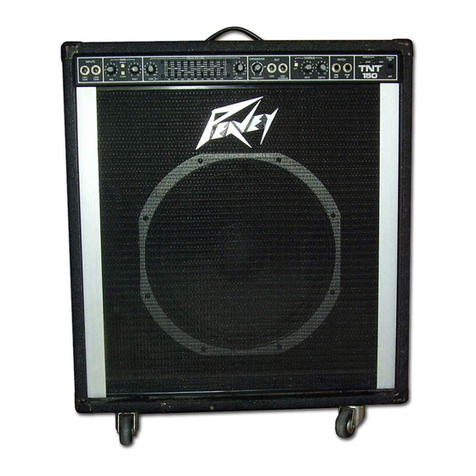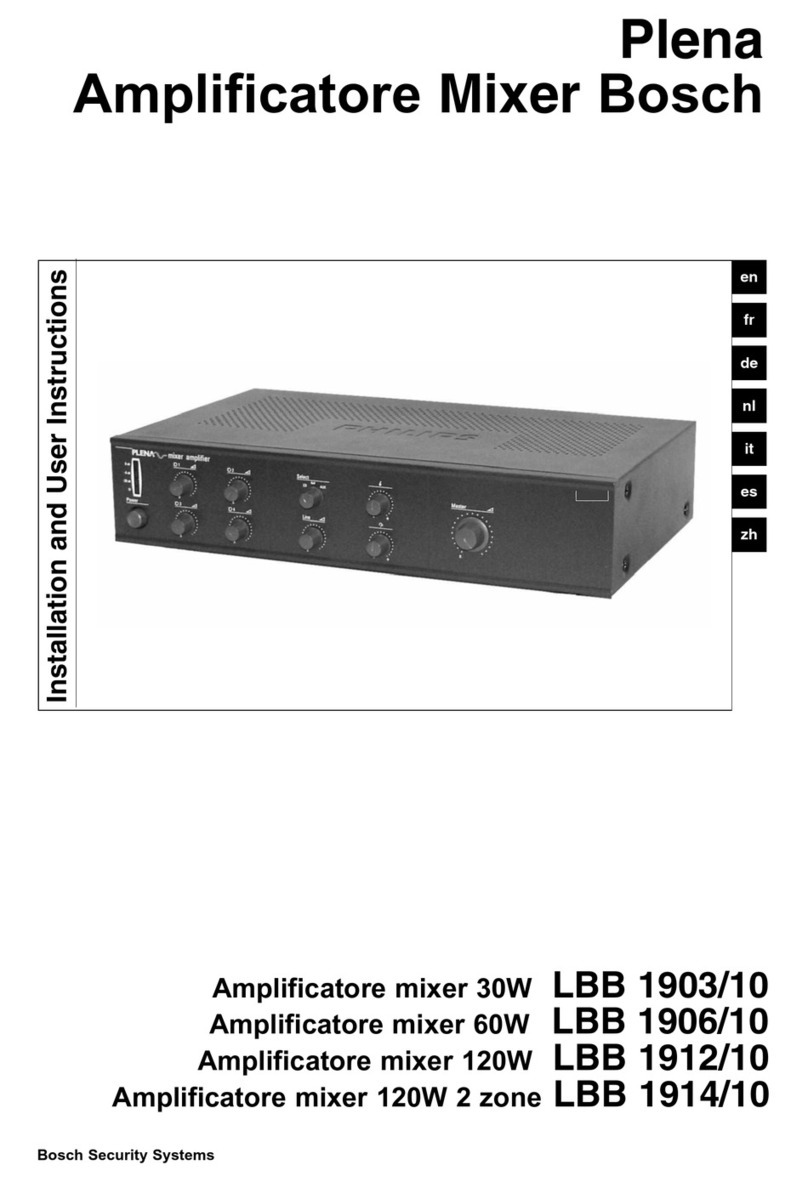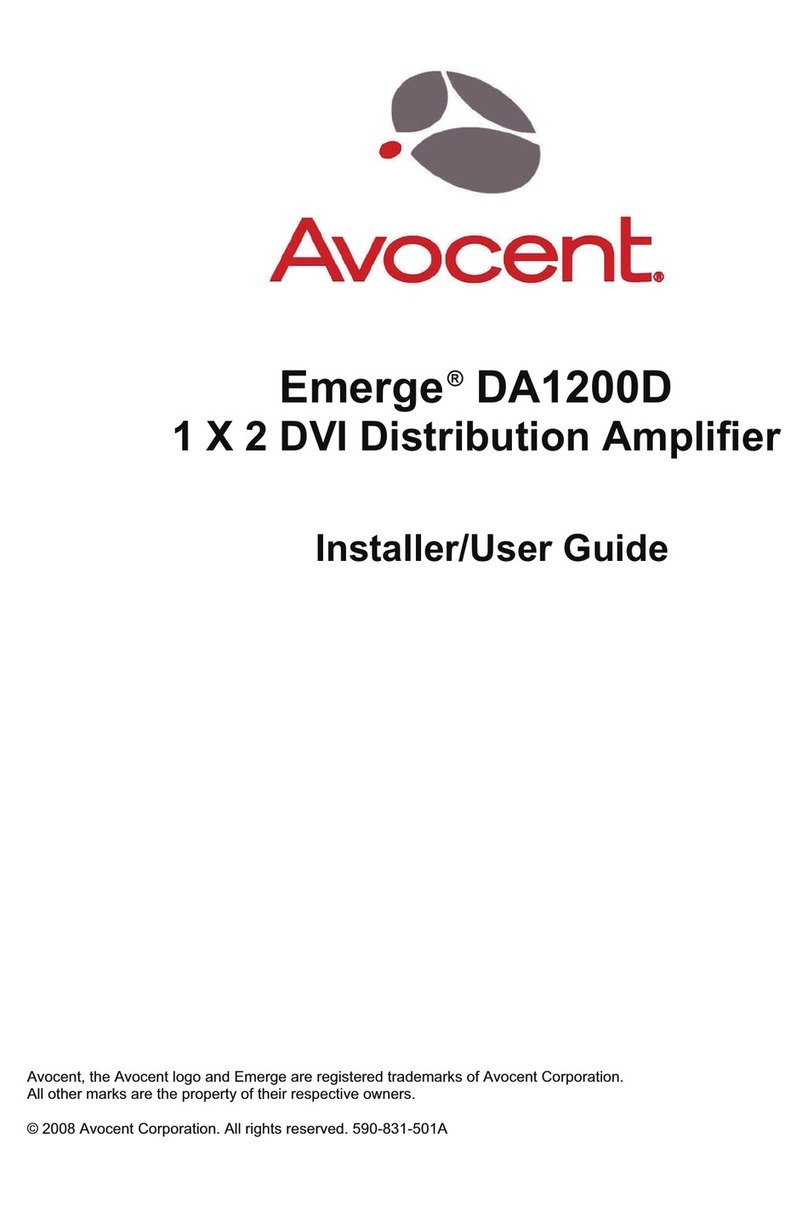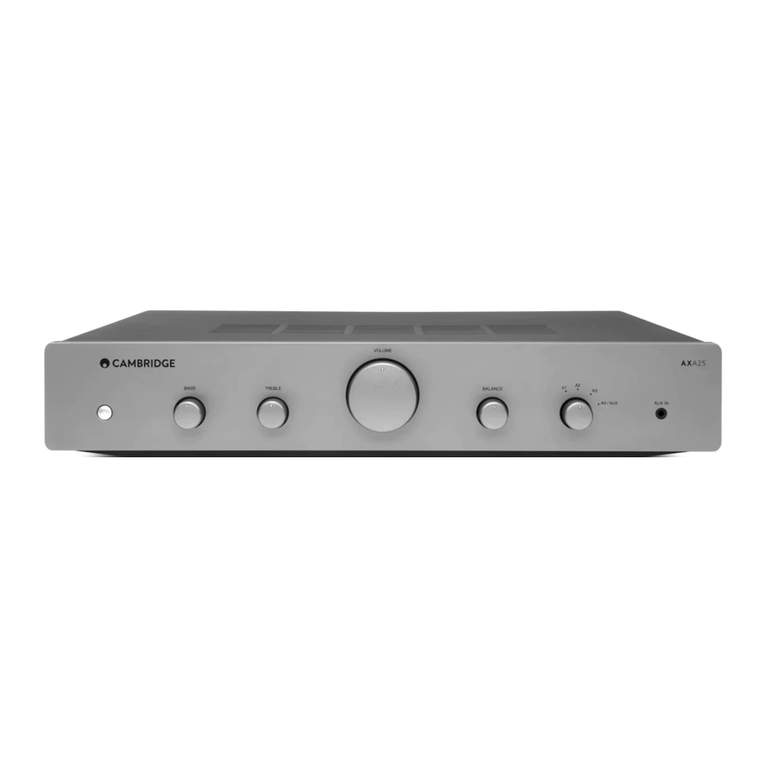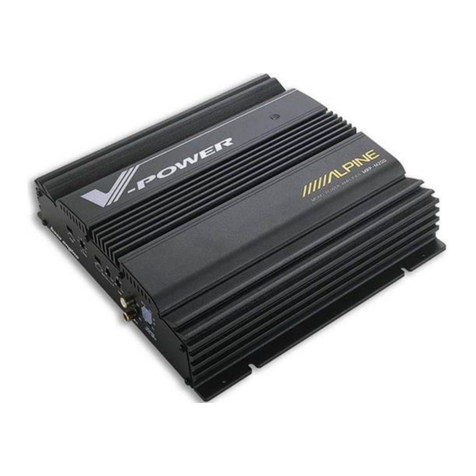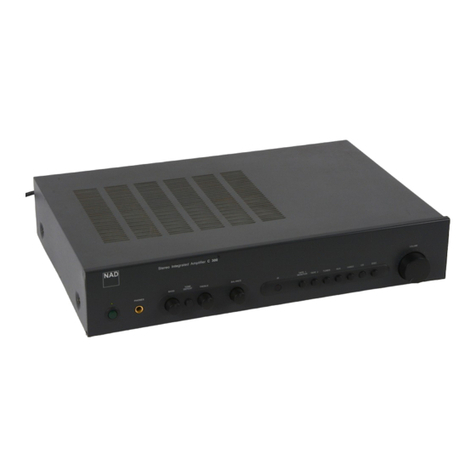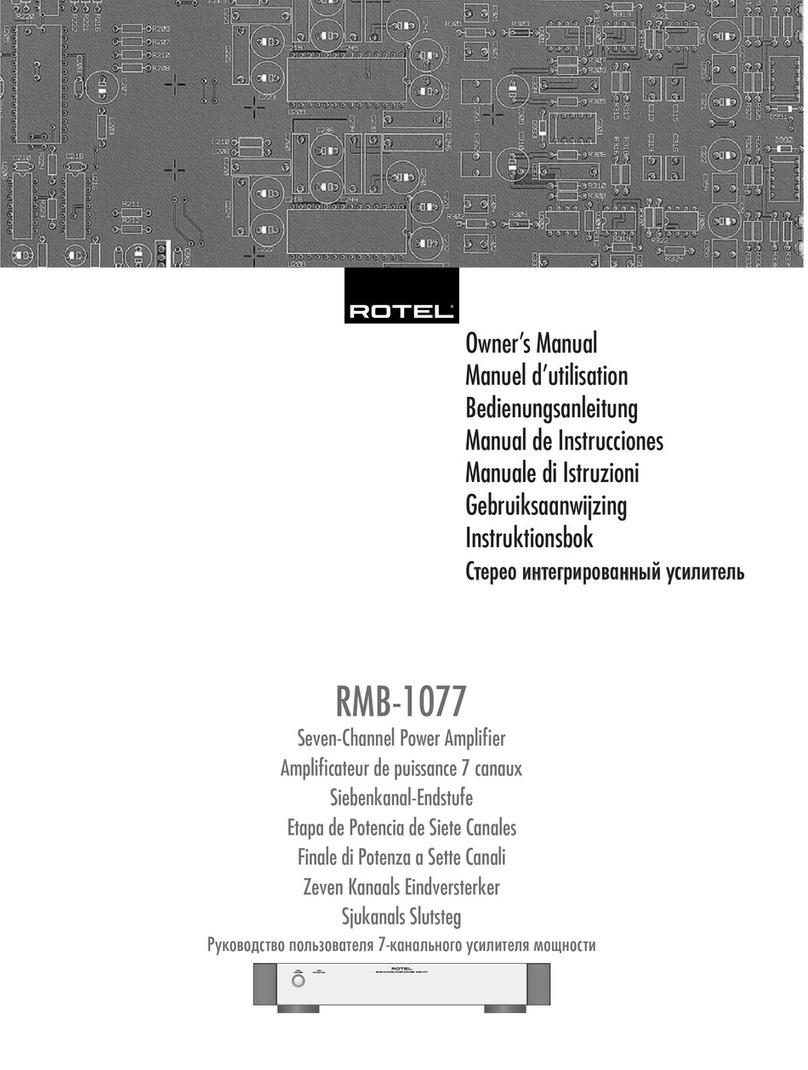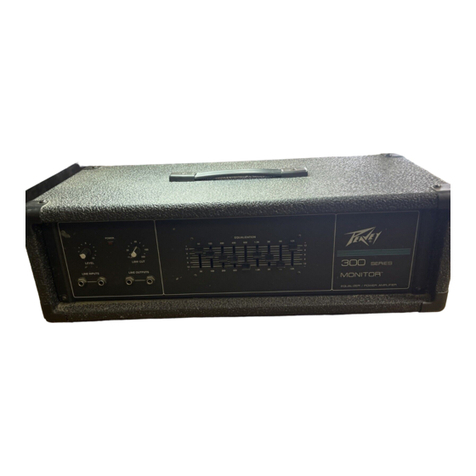6
ULTRAGAIN PRO MIC2200
1. INTRODUCTION
With the ULTRAGAIN PRO ou have purchased an extremel musical and flexible microphone preamplifier.
Our ULTRAGAIN range of devices has been a hit ever since we introduced our first model some 5 ears ago.
This high-end microphone preamp is based on man ears of experience and findings in amplifier technolog
and is used throughout the world in renowned studios, sound reinforcement s stems as well as in broadcast
and television studios. Improving the legendar ULTRAGAIN even further was a real challenge, and we are
proud of our success. The BEHRINGER ULTRAGAIN PRO meets highest and no-compromise requirements in
terms of operation, sound, specifications and workmanship.
Future-oriented BEHRINGER technology
Compared to its predecessor models, the ULTRAGAIN PRO not onl has additional features, but also boasts
dramaticall enhanced audio qualities. For example, it uses a special tube stage to provide the program
material with t pical tube warmth, and has a full parametric equalizer per channel, which gives ou even
more sound-processing flexibilit .
The heart of the ULTRAGAIN PRO is an extremel low-noise microphone preamp circuit that uses discrete
components to produce a highl transparent sound. In combination with our BEHRINGER tube technolog , the
operational amplifiers 4580 and a sophisticated circuit topolog , the ULTRAGAIN PRO ields excellent noise
and distortion properties! The switchable +48 V phantom power suppl allows for connecting almost an kind
of microphone and suppresses power-up thumps with its soft mute function.
BEHRINGER tube circuitry
Our engineering team has made it possible to enhance the traditional tube circuitr (particularl for our
ULTRAGAIN PRO) and adapt it to meet the high sound qualit and d namics requirements of modern, pro-level
audio technolog . The fact that we are still fascinated b antique tube radios and amps as well as the fine and
warm tonal character that we usuall associate with them, are the reasons wh vacuum tubes have kept their
ground even in state-of-the-art circuit topologies used especiall in professional audio technolog or so-called
high-end devices. We are particularl proud that we have found a highl effective s mbiosis between solid-state
and tube technologies making them affordable to almost an bod in audio technolog .
The parametric equalizer
Parametric equalizers represent the most advanced form of equalization s stems. Basicall , the user has
control over the three parameters that define the so-called Gaussian equalization curve: bandwidth, frequenc
and amplitude.
The ULTRAGAIN PROs on-board parametric equalizer combines the technical properties of a parametric
equalizer with those of a narrow-band notch filter. Capable of eliminating feedback frequencies, a parametric
equalizer is a perfect match for a microphone preamp. Moreover, as its design is based on our well-known
ULTRA-Q, the ULTRAGAIN PROs audio qualities and specifications are well within the so-called high-end
class. Its on-board equalizer can be used not onl to tweak the frequenc response but also to creativel
process audio material, thus giving ou undreamed of equalization flexibilit . Both in creative audio-processing
applications in recording and broadcast/TV studios, in video post-production, and on stage, equalizers are
highl efficient and all-purpose audio tools ideall complementing microphone preamps.
The universal level translator
In addition to a high-grade microphone preamp, the ULTRAGAIN PRO features a separate level translator
which can both raise and lower line level signals. You can use it to translate home recording to studio levels so
as to easil connect tape/video recorders and other hi-fi devices to professional equipment (and vice versa, i.e.
reducing studio levels to match those of semi-professional equipment).
+The follo ing operational manual ill introduce you to the BEHRINGER ULTRAGAIN PRO and
its various functions. After reading the manual carefully, make sure it is al ays on hand for
future reference.
1. INTRODUCTION


